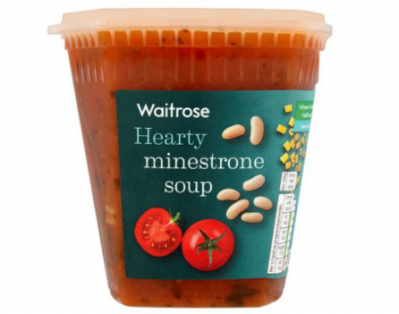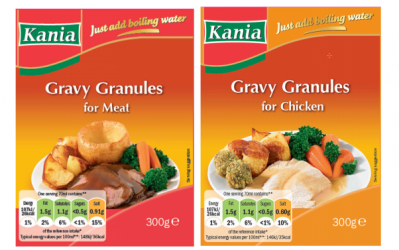Food allergens: the cost of inaccurate reporting

People are increasingly interested in where their food has come from and the conditions and logistics of its journey to store. Moreover, there is a growing expectation of clear and accurate allergen reporting across all food and drink products and producers and retailers alike are being forced to act quickly and responsibly to ensure absolute fulfilment of these demands.
With the enactment of the EU Food Information for Consumers Regulation (FIC), there’s a whole host of allergen information that food retailers now need to provide for customers. But are retailers managing to keep it all up-to-date and accurate? There’s evidence that many are either not aware of the new rules or are finding the challenge too great.
The EU Food Information for Consumers Regulation No. 1169/2011 came into force across Europe at the end of 2014. It required all foodservice organisations serving unpackaged food or food packaged on site for immediate consumption to supply details of items which contain the EU 14 major allergens. These are illustrated below.
Appeared to be breaking the law
One study in 2015, by the Royal Society for Public Health (RSPH), found that just over two-thirds of UK takeaways appeared to be breaking the law. Recorded problems included an inability to supply the legally required allergen information when asked as well as no records of allergens used as ingredients.
A second survey by the Food Allergy Training Consultancy (FATC) found the problems still persisted at the end of 2015, even though this was nearly 12 months after the introduction of FIC legislation. Although the numbers of allergen sufferers eating out has grown, the survey highlighted only 38% of respondents felt safe when eating out since the changes were introduced. Particular problems listed included conflicting information and errors in accuracy or quality.
The negative implications of these problems are wide ranging. There is the likelihood of a reduction in revenue caused by low confidence amongst allergen sufferers. The fines issued for non-compliance can be significant and in the UK, the maximum limit has been removed meaning magistrates can now decide on a case-by-case basis what penalty to impose.
Finally, and most importantly, there are potentially serious health consequences for any consumer given incorrect information.
Significant benefits to compliance
Fortunately, there are significant benefits to compliance. With the implementation of effective and efficient processes to ensure accuracy and confidence, it’s possible for food retailers to grow and retain their customer base, while saving costs. Allergen sufferers eating out has until recently been an untapped market. But, as the FATC survey shows, numbers in this consumer group to have risen by 54% to the end of 2015, so it’s worth finding the right solution.
To be compliant and build confidence, all retailers of non-prepacked food must list a breakdown of allergens for each item, dish or filling in an obvious place. Until now this has often required manual efforts such as comments on a menu, chalkboard or hand-written product information. These methods can be time consuming, costly and error prone.
There are, however, solutions out there which can deliver the required accuracy and efficiency to meet the EU FIC requirements, but food retailers must be given more help in addressing these complex problems and finding adequate solutions.
- Mark Thomson, director of Retail & Hospitality Solutions EMEA Zebra Technologies

















